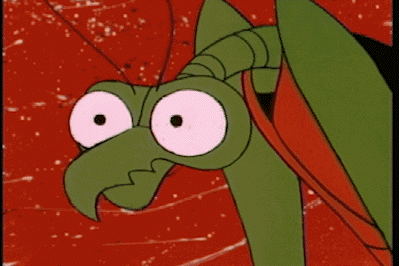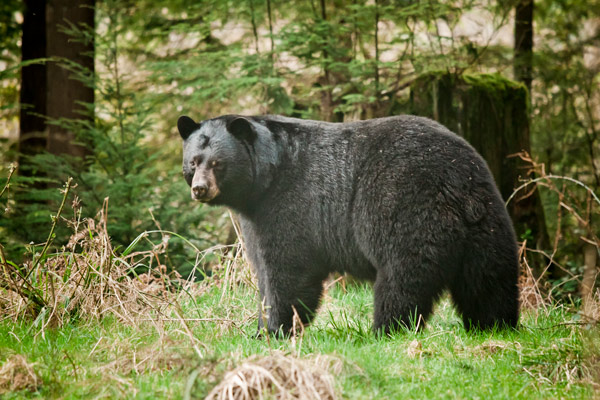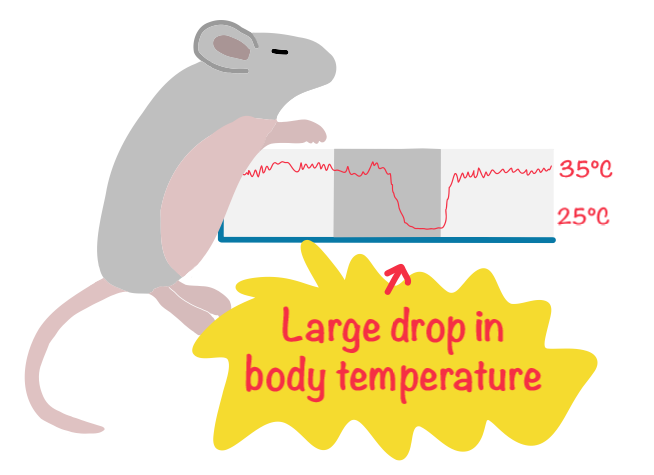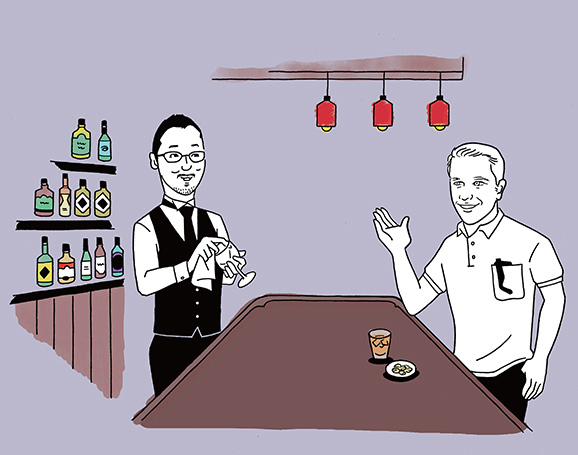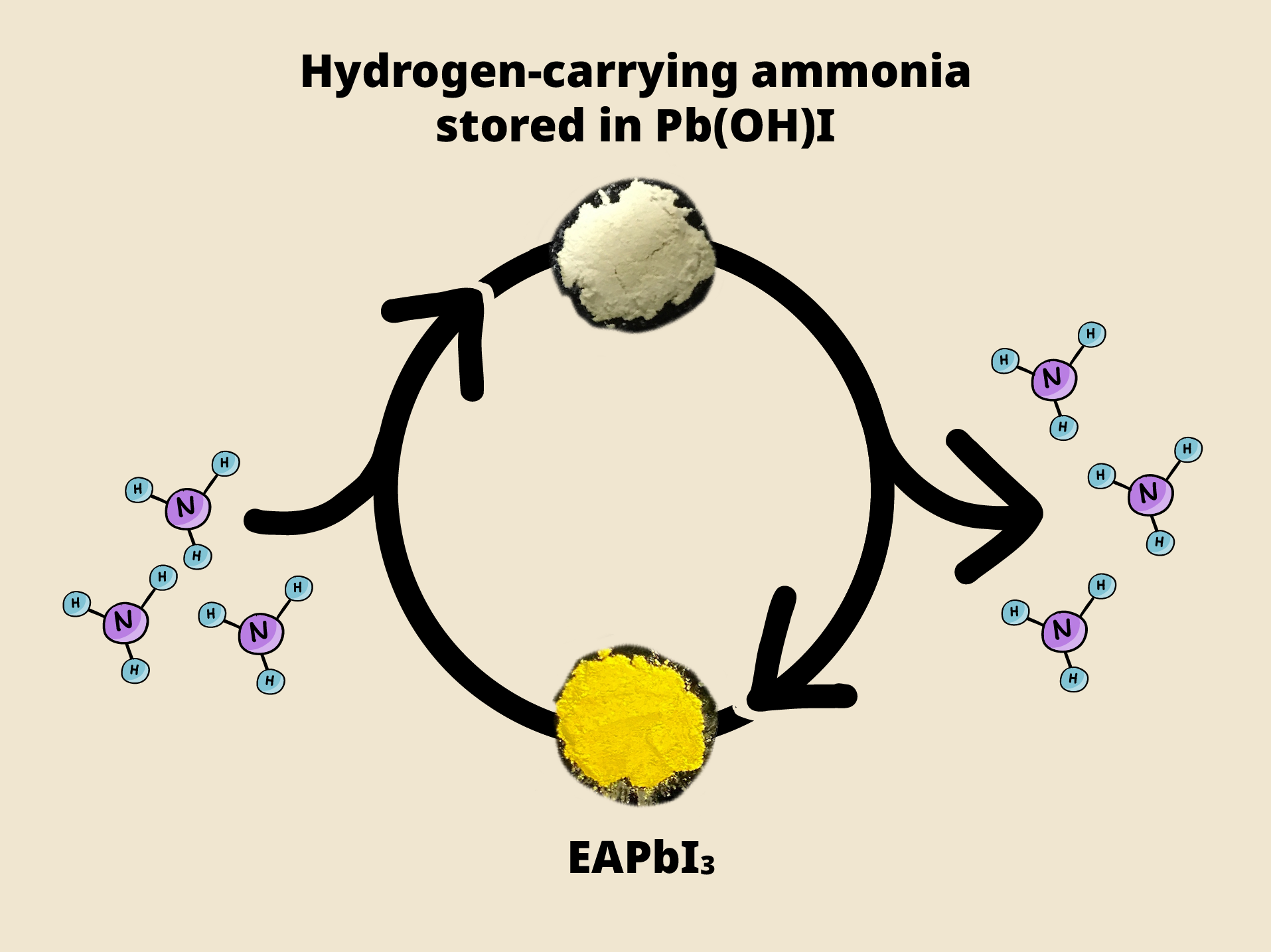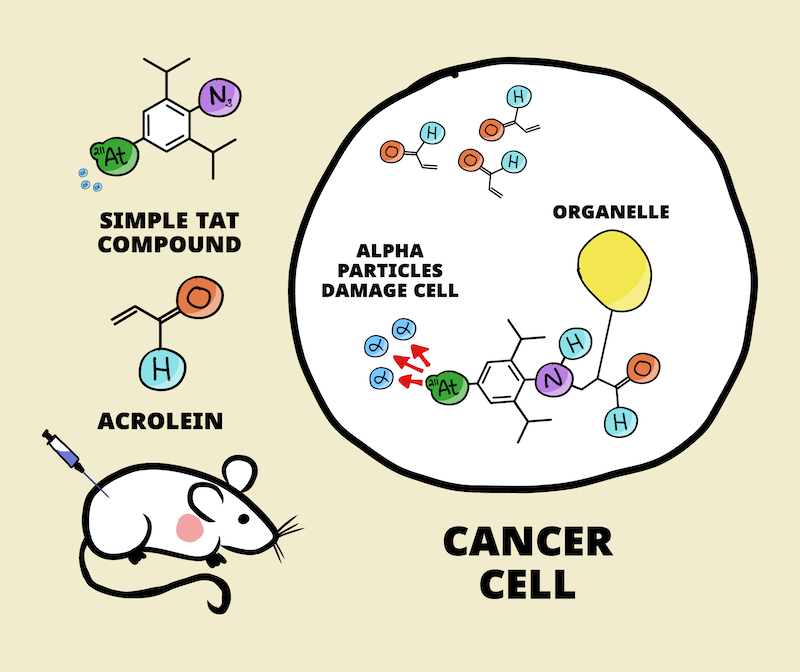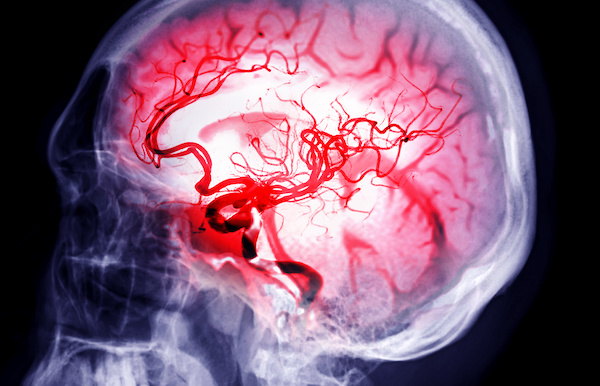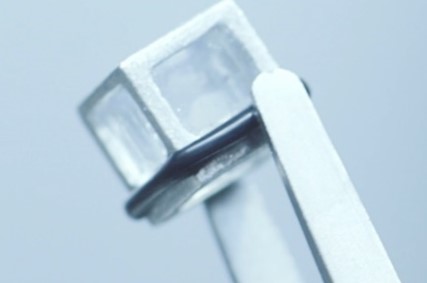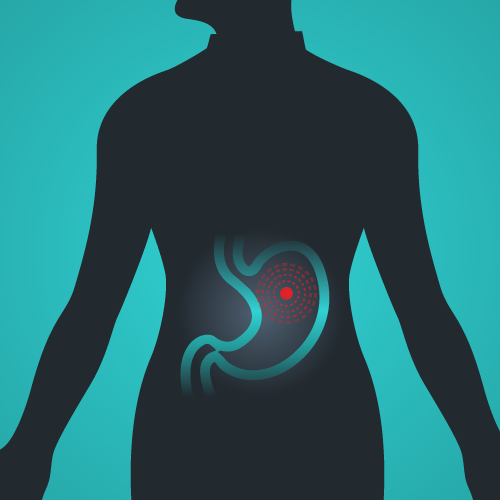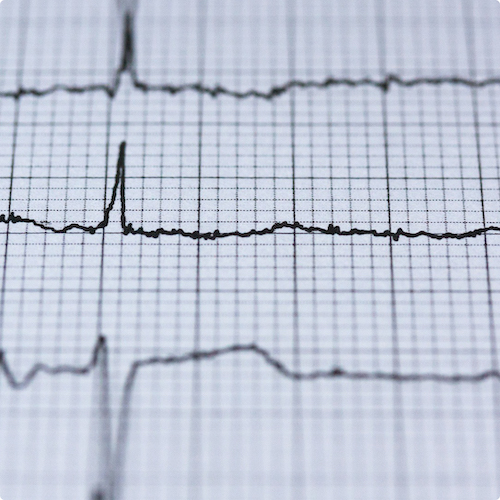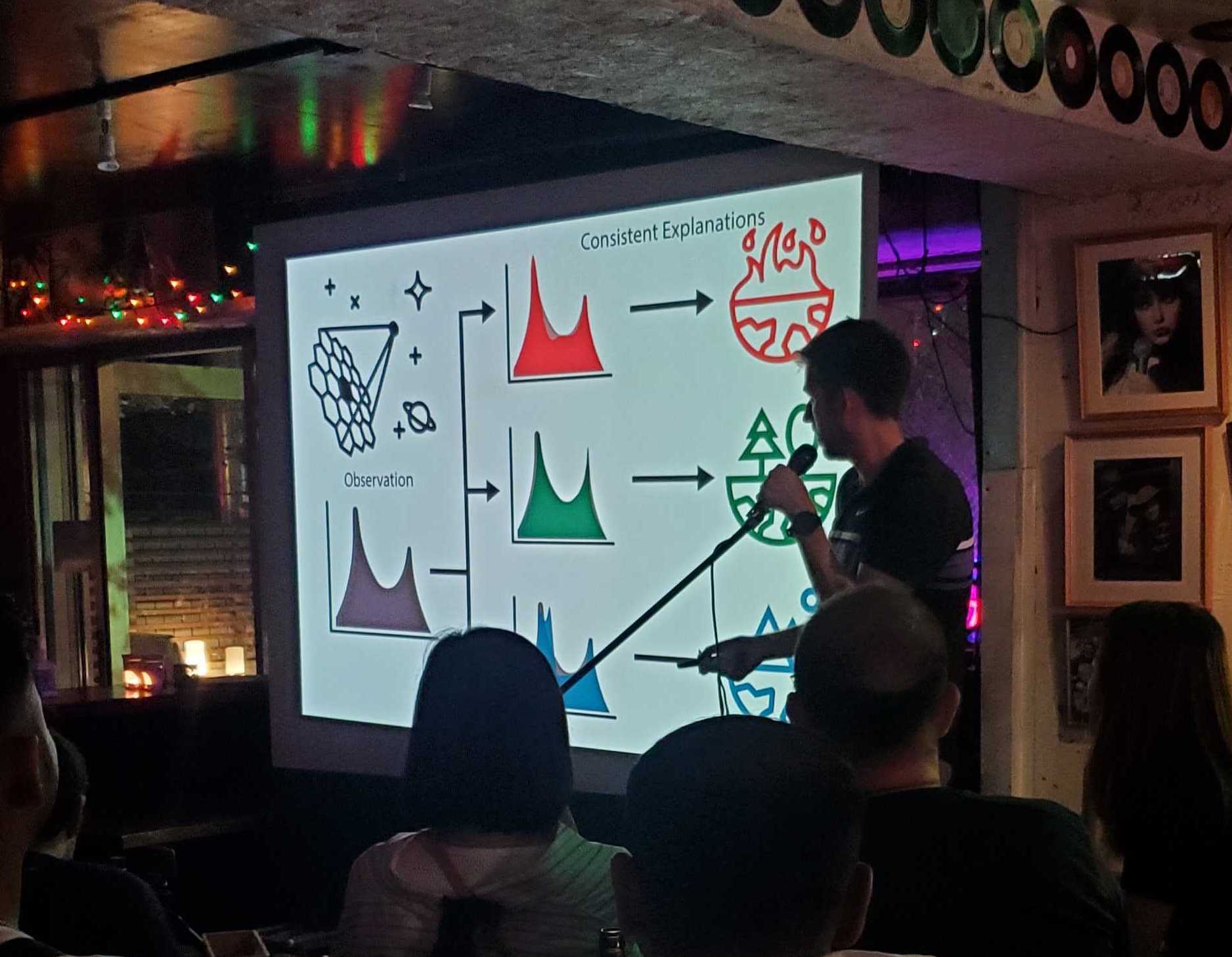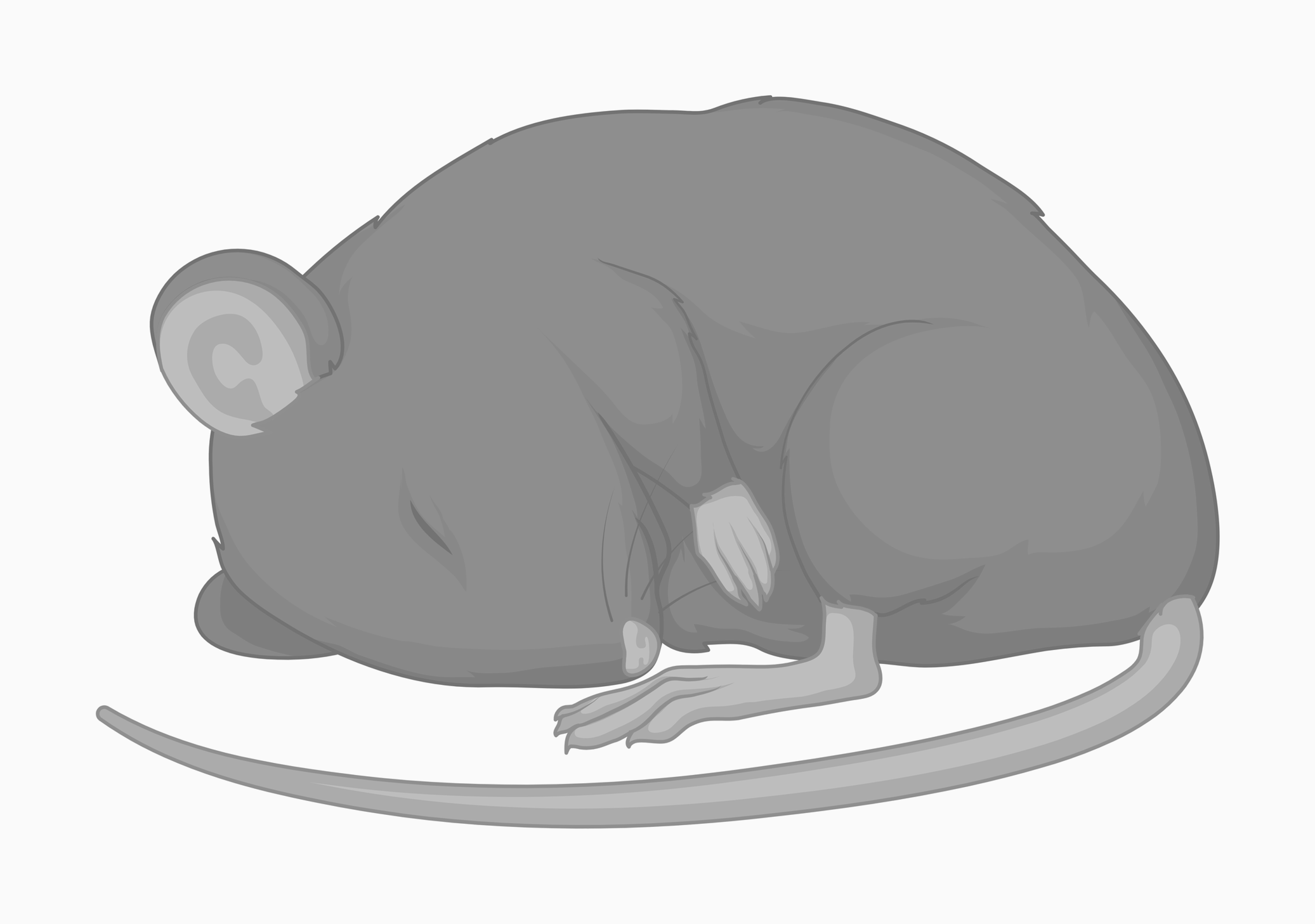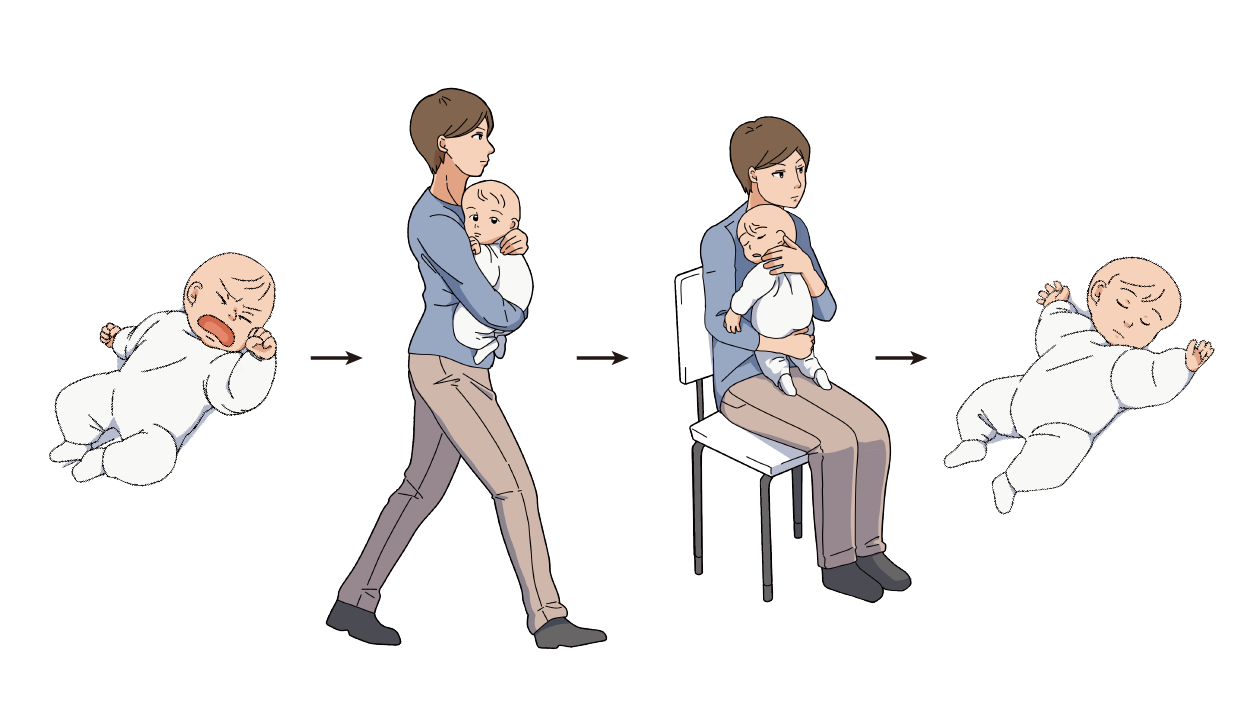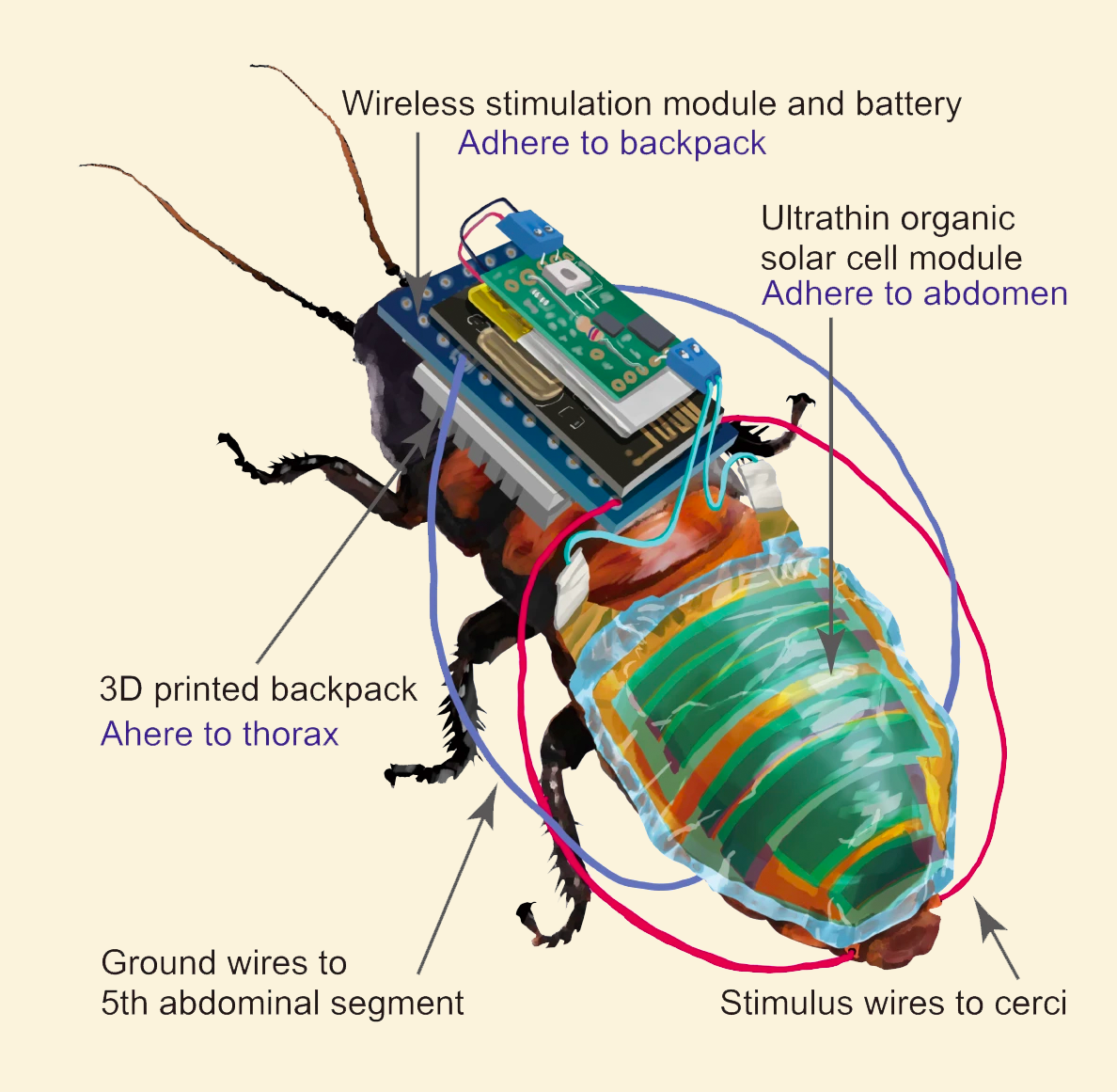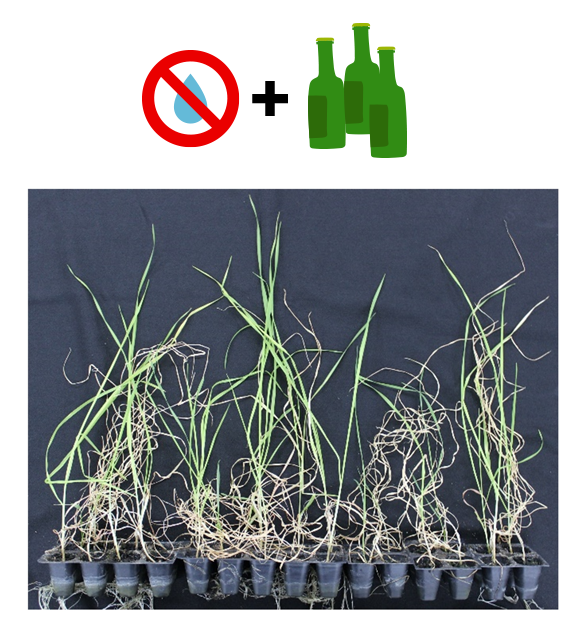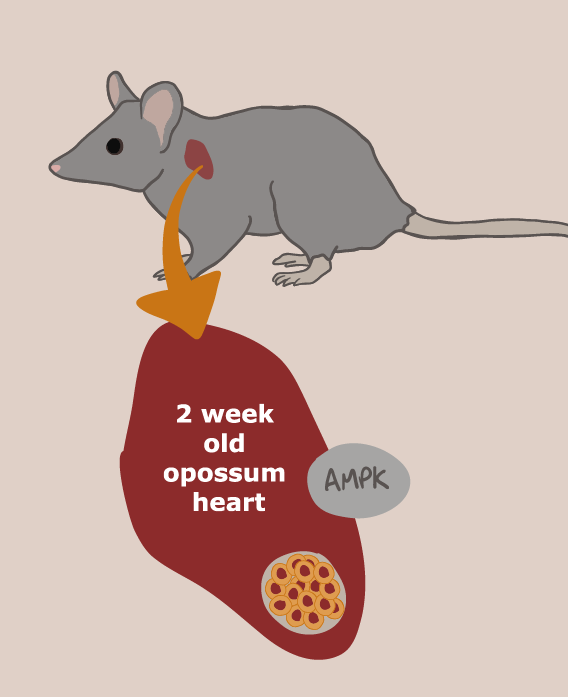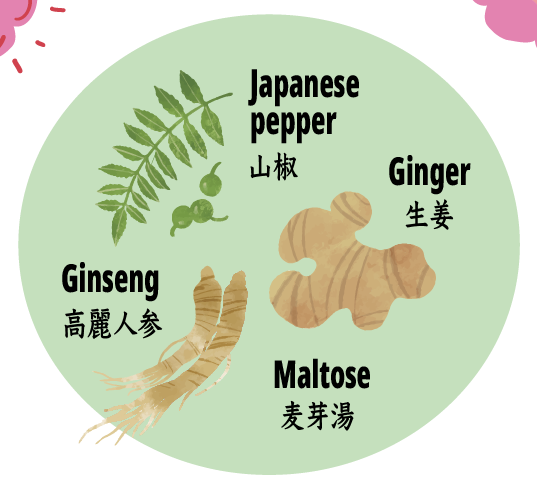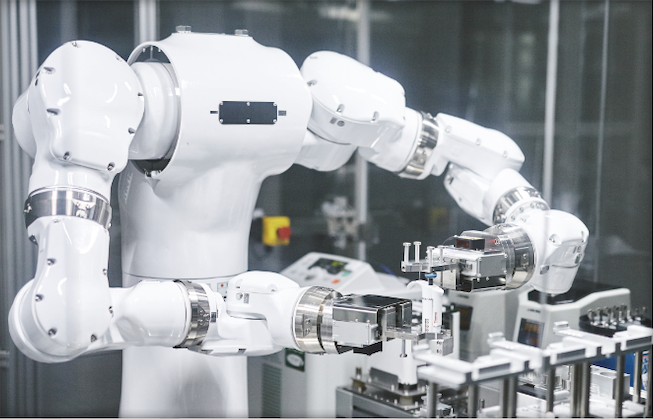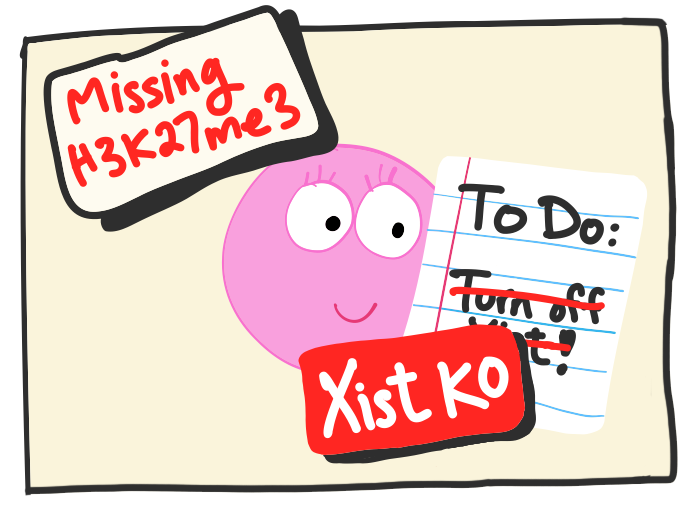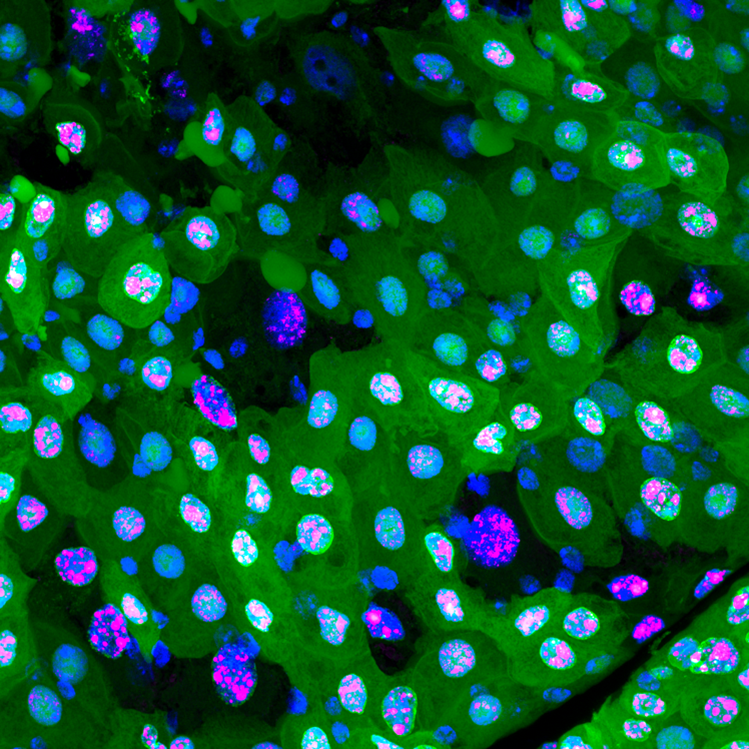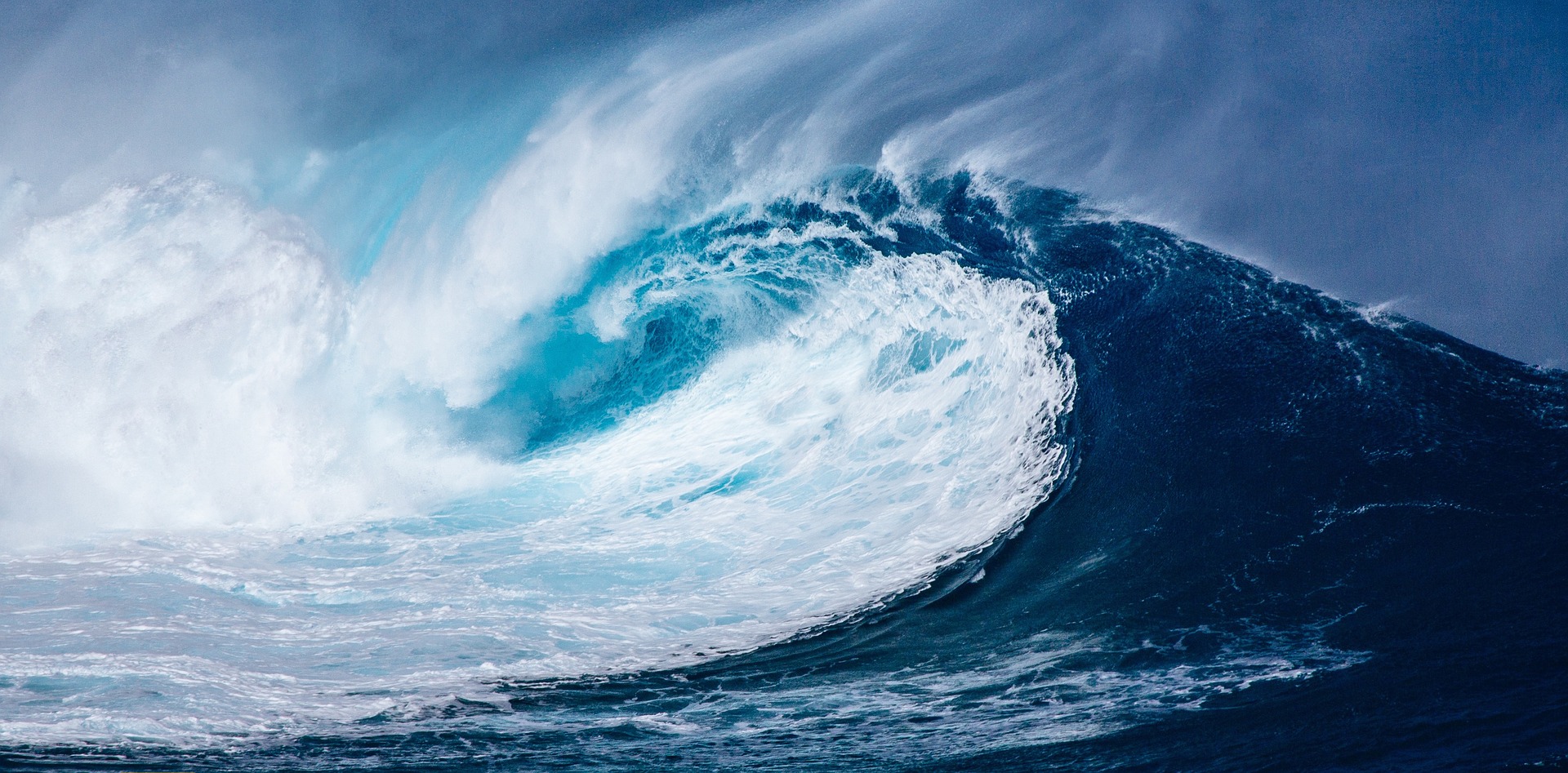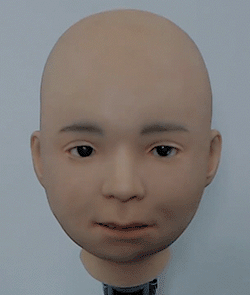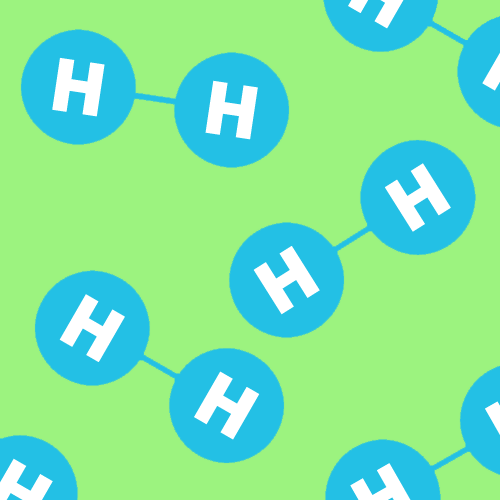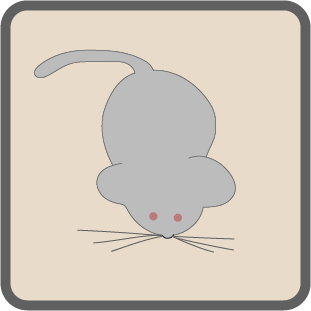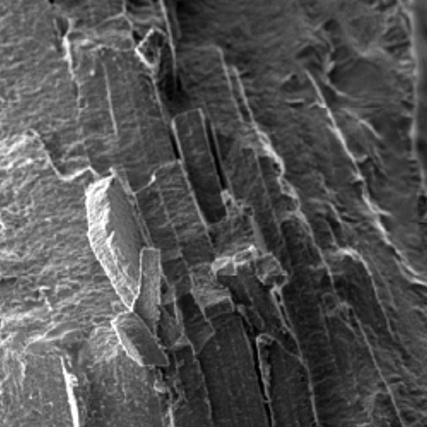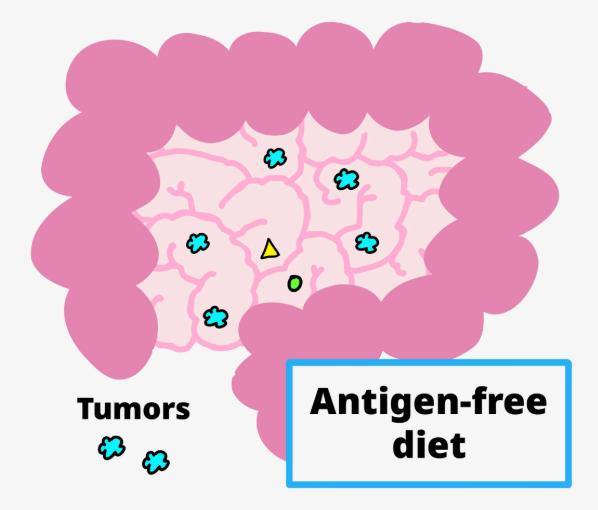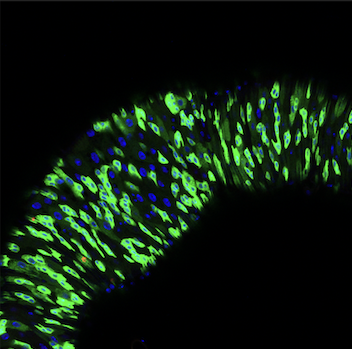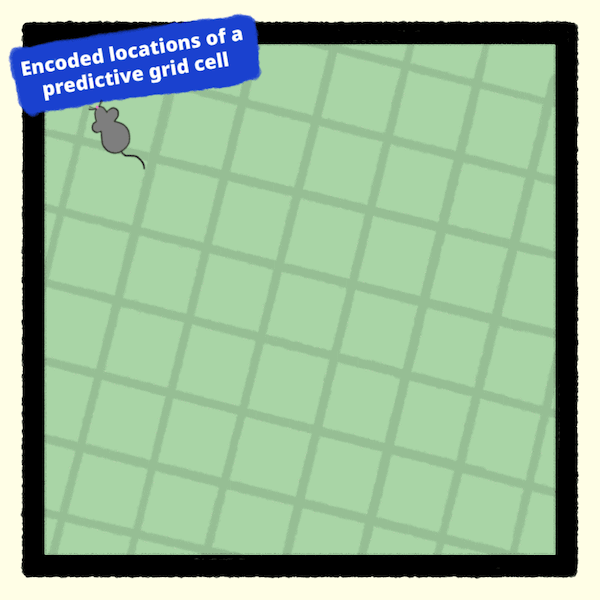Latest research animations
Self-assembly of spider silk
This gut microbe might protect against diabetes and reduce insulin resistance
NEW: One-way hydrogel guides motion of tiny worms!
Latest Posts
Stolen genes used for parasitic mind control
Machine learning contributes to better quantum error correction
Laser melting ice-core sampler for studying climate change
Gut bacteria reduces insulin resistance, protects against diabetes
Scary places burned into our minds by constant memory replay
Toward human hibernation: cold-resistant mouse stem cells
A researcher’s journey part 2: emotional memory and being human
Mathematical model predicts self-organized learning in real neurons
Deadly fungi beaten with fatty acid synthase inhibitor
A new and improved way to store hydrogen
A new alpha-particle treatment for multiple cancers
A researcher’s journey: from surfing to studying pain
The first drug treatment for brain aneurysms (in mice)
Simple but revolutionary modular organoids
Thoughts on the genetics of medicinal licorice
Pathogenic genetic variation linked to H. pylori-related stomach cancer
ERRg predicts atrial fibrillation and hidden comorbidity
Memories are made of this ?? – (Part 2)
Replicating opossum heart regeneration to help fight cardiovascular disease
Spacey, nerdy nights in Tokyo
Memories are made of this ? ? – (Part 1)
Hibernation-like state can protect kidneys during heart surgery
Crying baby? Science says walk, then sit
Cyborg cockroaches to the rescue!
Ethanol pretreated soil protects plants from drought
Marsupial heart regeneration ability given to mice
How an herbal medicine protects against inflamed bowels
Robotic AI helps efficient growth of replacement organs
Extra “eye” movements are the key to better self-driving cars
Palaeospondylus: mystery of vertebrate evolution solved
Xist knockout rescues miscarriages in mice
A new type of cell death discovered in fly guts
Diagnosing fetal heart disease benefits from explanatory AI
Chaos theory provides hints for controlling the weather
Robotic exoskeleton learns to help people stand up
Nanocarrier spray: better crops without genetic modification
Introducing Nikola, the emotional android boy
Green hydrogen production for fuel cells and fertilizers
Social contact-seeking behavior and loneliness in the brain
Gut bacteria in babies predict childhood food allergies
Bye-bye microplastics: new plastic is fully ocean-degradable
Scientists develop new and improved quantum gates
Nanopores in deep-sea hydrothermal vents and the origin of life
Albumin drops medicine off at cancer site then leaves the body
Protein antigens in meat, milk, and other foods suppress gut tumors
Stem cell exhaustion and proliferation: An aging fly’s tale
Chromosome copying errors pinpointed in developing embryos
Predictive grid cells help self navigation in the brain
Jul
7

Winter Hackathon and SupercomputingAsia
Jun
6
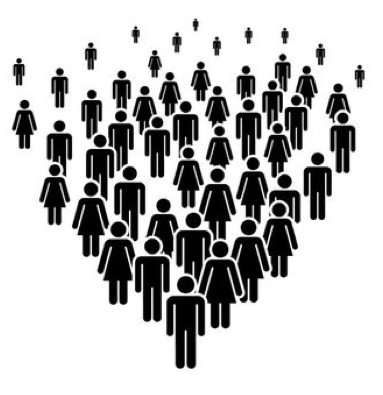
How group size affects cooperation: Insights from brain science
Using the prisoners dilemma game, brain scientists showed that larger group size reduces cooperation.
May
22
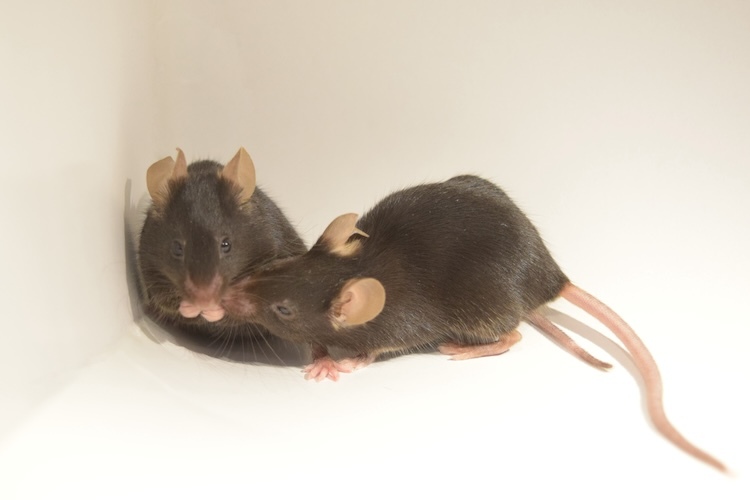
Strong emotions plus non-REM sleep equals longer-lasting perceptual memories
Perceptual memories linked to positive emotions, such as joy or happiness, are strengthened during sleep, specifically during periods of deep non-REM sleep.
Feb
20
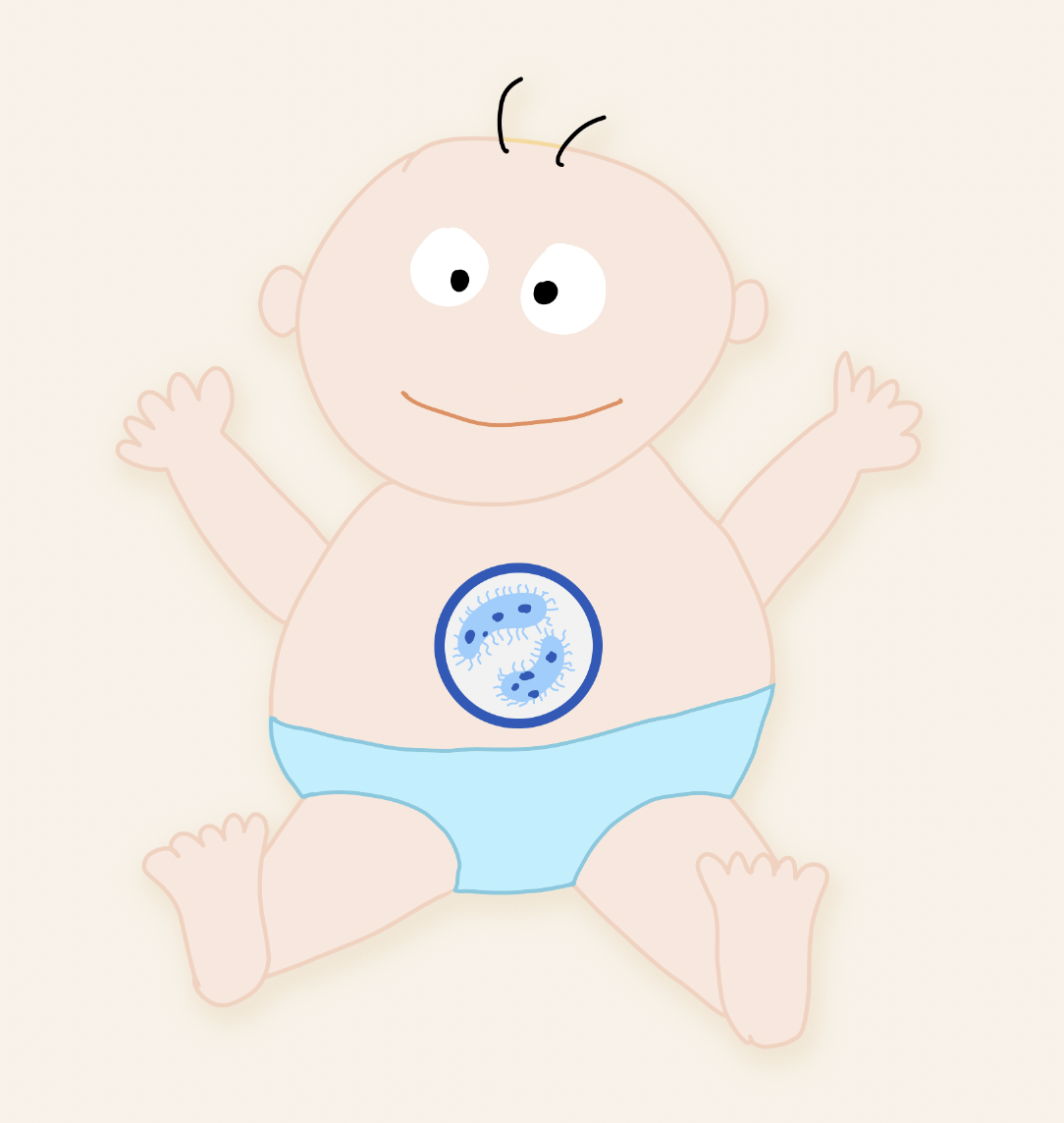
Gut bacteria in babies predict childhood food allergies
Scientists found that one-month-old infants with certain gut bacteria were less likely to develop food sensitivities and food allergies later in childhood.
Jan
23
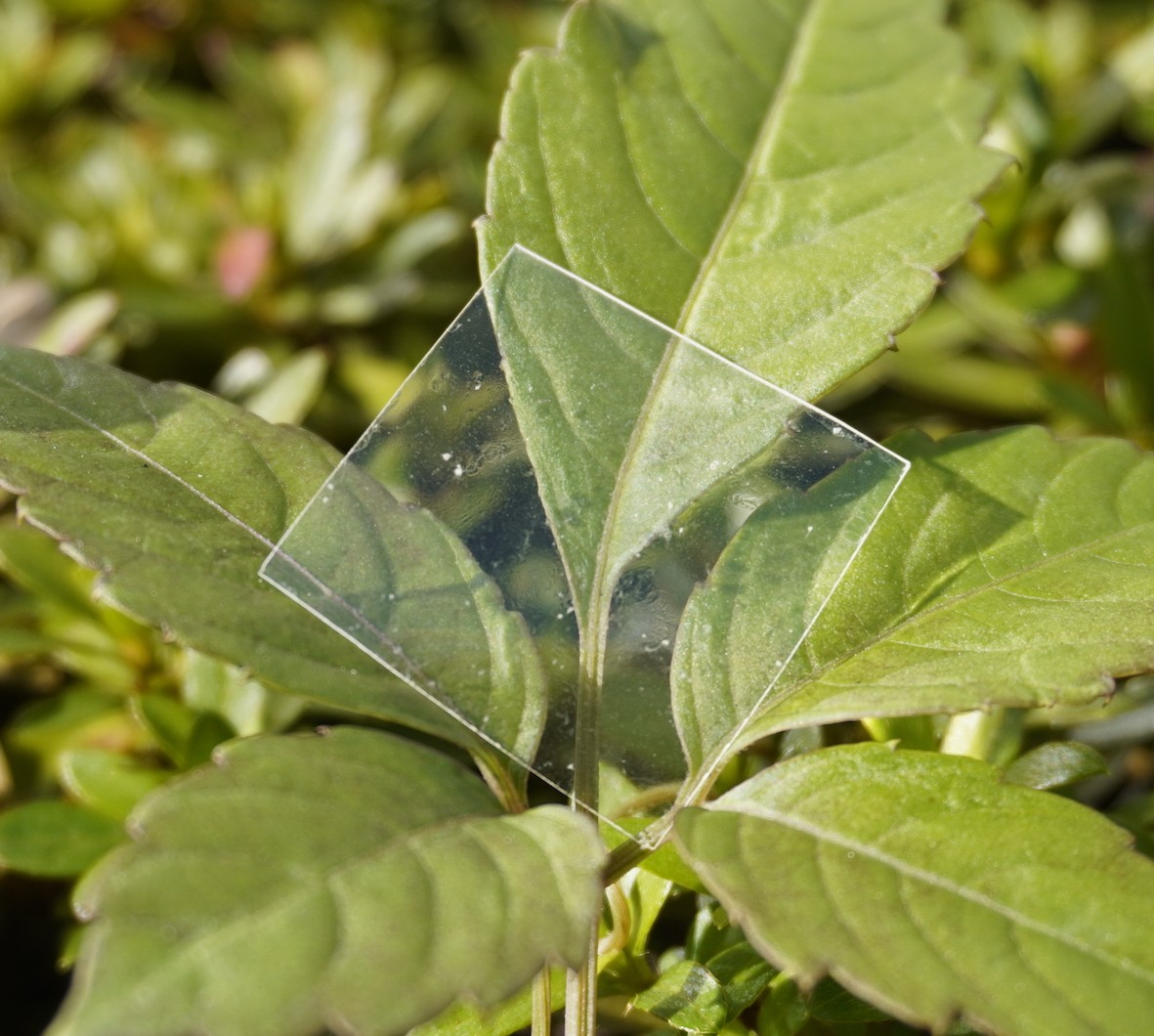
Bye-bye microplastics: new plastic is fully ocean-degradable
Dec
6
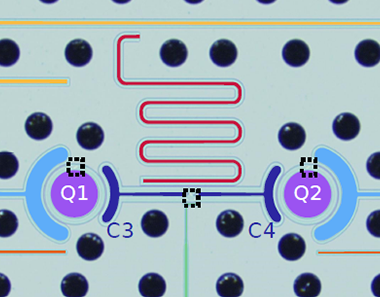
Scientists develop new and improved quantum gates
High-fidelity, low error quantum gates allow more reliable and accurate quantum computations, making the future of quantum computers more promising.

